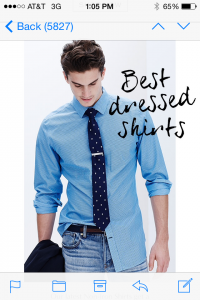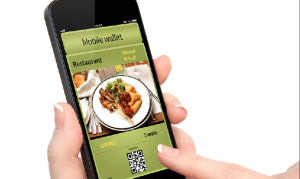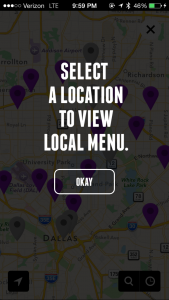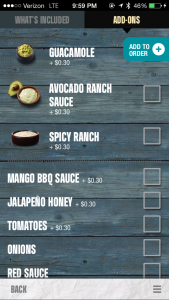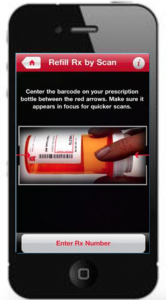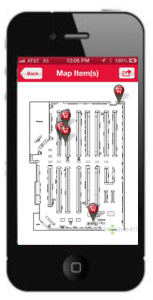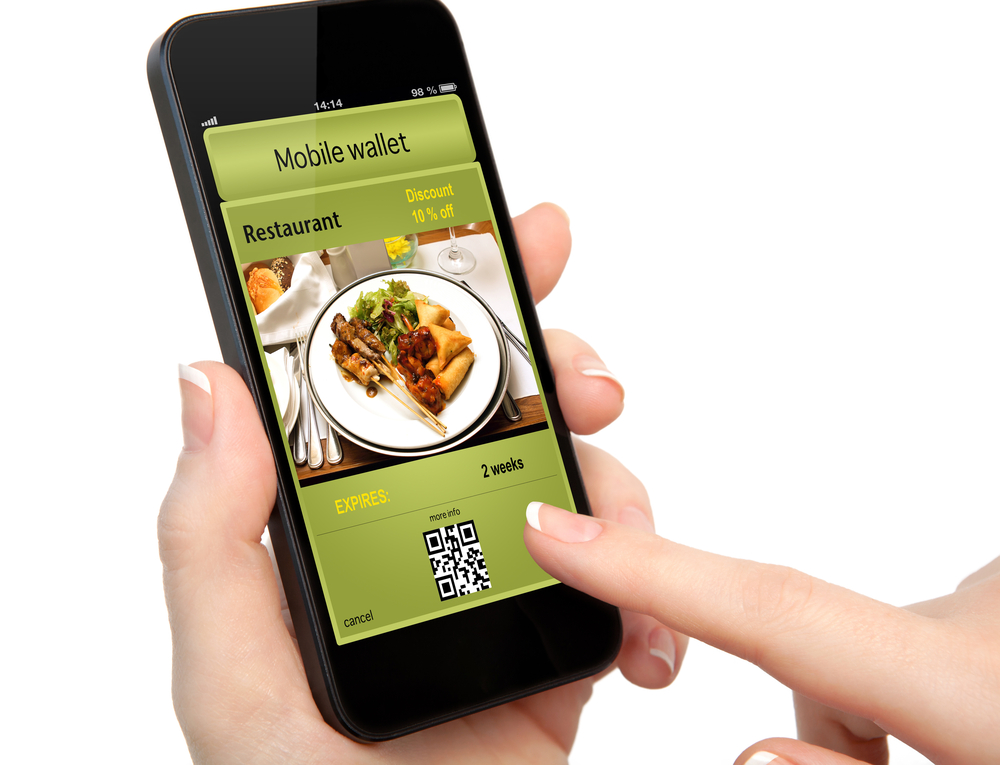NectarOm featured in the “Vendor Landscape: Personalization Solution Providers, Q3 2017” report.
Forrester recently issued a report titled “Vendor Landscape: Personalization Solution Providers, Q3 2017” and here at NectarOM, we’re very excited to be highlighted as one of the featured vendors for the financial services, insurance, retail, telecommunications, travel, and hospitality verticals.
Forrester is a leading research and consulting firm that works with business and technology leaders to develop customer-centric strategies that drive growth.
This report predicts that marketing personalization is going to drive customer engagement and growth for both B2B and B2C businesses in 2018 and beyond.
What does it mean for you as a marketer and what do you need to know to stay ahead?

Redefining “Personalization” for today’s marketers
“Personalization” has become quite a buzzword in the online marketing world. From eCommerce recommendations to email marketing automation and remarketing ads on social media, targeted content is everywhere.
Personalization has gone way beyond “hi [ fNAME ]” or even simple segmentation and general personas to a carefully designed experience that reflects the needs, preferences, and buying triggers of each individual customer.
There are some very good reasons to hop on to the personalization bandwagon and become a customer insights-driven organization:
According to the Forrester report, significant investments are being made by digital marketing professionals in personalization, with 89% saying that personalizing the customer experience has been a priority for the last 12 months. After all, 78% of US adults have chosen, recommended, or paid more for a brand that offers a personalized online experience or service.
Too often marketers get caught up in existing data and business needs, forgetting that at the end of the day, they’d likely meet their other business objectives if they focus on serving their customers well.
Consumers now expect a personalized experience when interacting with brands. To successfully execute a personalization strategy, you need to put the customer experience first and consider what’s relevant for the individual at a specific moment.
As personalization technologies are becoming more sophisticated with the aid of machine learning and predictive analytics, brands have to select the right technologies so they can deliver an on-brand customer experience, meet customer expectations, and stay ahead of the curve.
Criteria for selecting a personalization technology
The market for personalization technology is a mix of large, established players, emerging challengers, and niche solution providers. The best solution to your marketing needs depends on a variety of factors.
When selecting a technology solution, the Forrester report recommends the following:
- The ability to support real-time personalization and a seamless customer experience across all touchpoints. When customers interact with your brand on one channel, their centralized profiles are updated real-time so that the information is reflected in subsequent interactions, even if they switch channels mid-stream.
- Features and functionalities that bring together insights, automation, and engagement to deliver personalization. While customer-facing engagement metrics are the obvious measurement of success, insights and automation are the determining factors when it comes to managing and executing long-term, sustainable, and scalable personalization strategies.
 Image source
Image source - Automation and next-generation analytics that’ll help you generate value and insights from the large amount of customer data you now have access to. Your technology solution should provide the automation and advanced analytics, including predictive, prescriptive, and machine learning, so that you can align content within the context of each touchpoint in the customer’s journey.
Companies that are able to select and implement the right mix of general experience management and niche personalization solutions to deliver a highly-personalized customer experience will win the marketing game in 2018 and beyond.




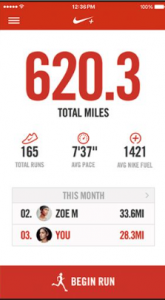
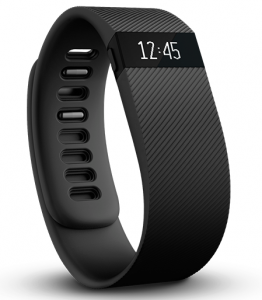 Smartphone apps typically only collect data during a workout. However, technological advances are helping fitness fanatics track their health 24/7.
Smartphone apps typically only collect data during a workout. However, technological advances are helping fitness fanatics track their health 24/7.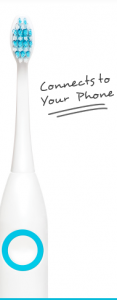
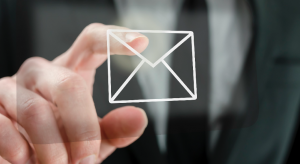

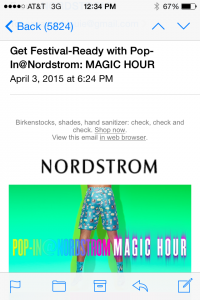 Most companies send out emails first thing in the morning – and for good reason.
Most companies send out emails first thing in the morning – and for good reason.